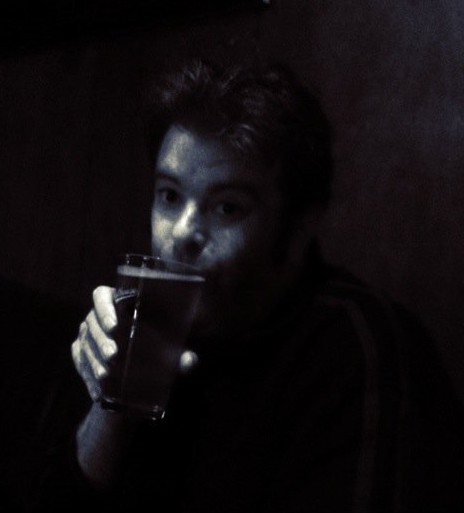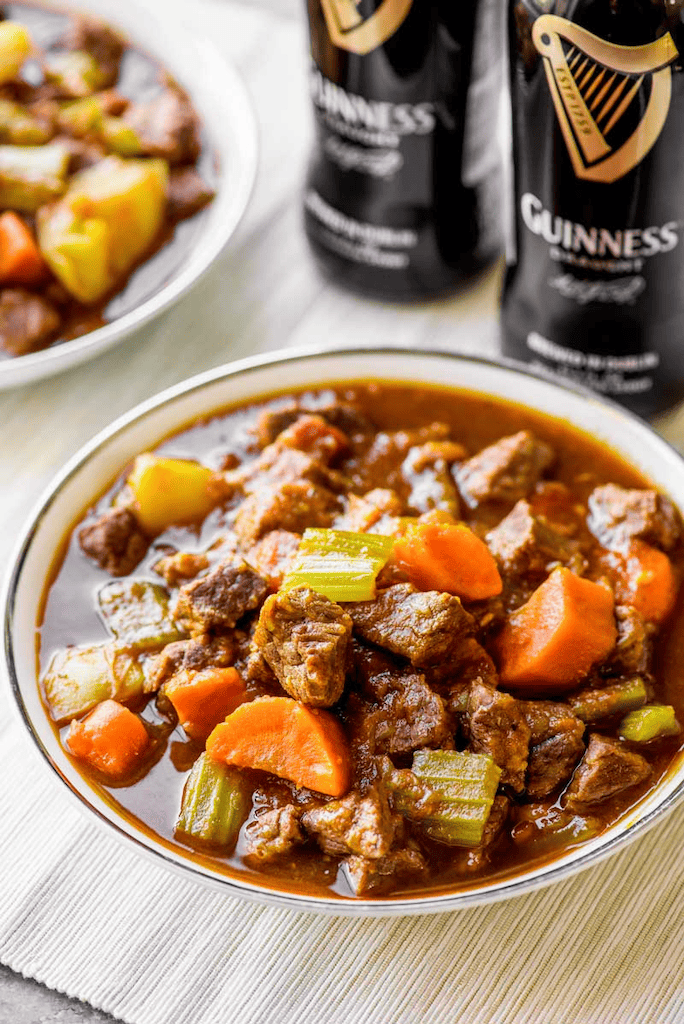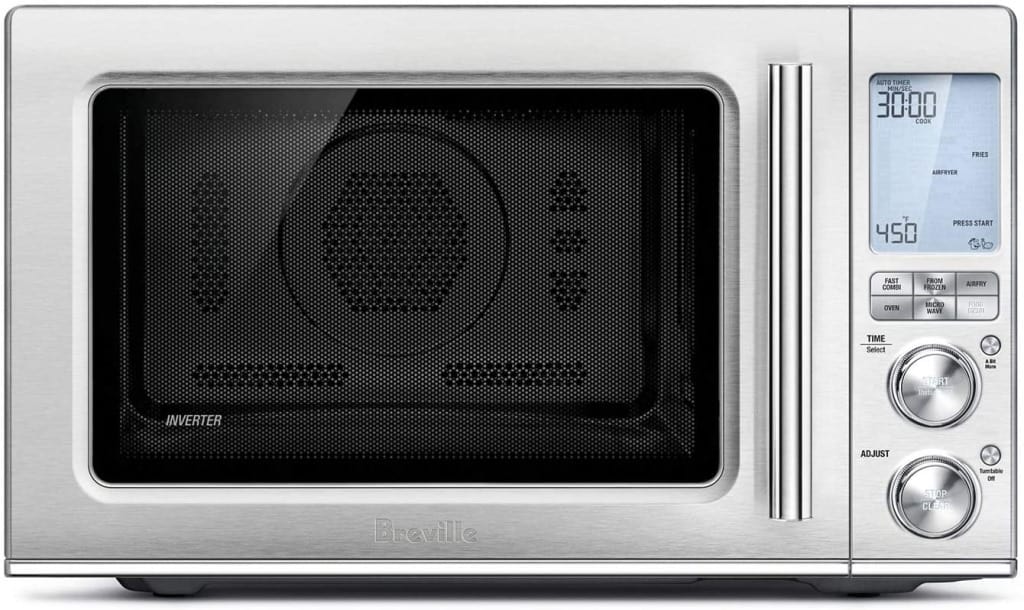What better than a line from Middle Earth to introduce our primer on dark beers. NEIL MILLER is your guide.

As I start to write this, it is two degrees in Wellington and the hail is literally bouncing off the roof. It seems an appropriate time to follow the advice of my benevolent publisher and “write an article about dark beers because winter is coming.” Whoops. How time flies.
All dark beers get their crepuscular colour from malted barley that has been roasted or even a little charred for longer than the grains that go into our usual pale ales and pilsners. They bring in notes of coffee, chocolate, smoke, and sometimes dark stone fruit.
Would you like to support our mission to bring intelligence, insight and great writing to entertainment journalism? Help to pay for the coffee that keeps our brains working and fingers typing just for you. Witchdoctor, entertainment for grownups. Your one-off (or monthly) $5 or $10 donation will support Witchdoctor.co.nz. and help us keep producing quality content. It’s really easy to donate, just click the ‘Become a supporter’ button below.
There are three principal styles of dark beers – porters, stouts and Schwarzbier (dark lager) but be warned – the lines do get a little blurred in places. The exact difference between a porter and a stout has been known to create heated Twitter debates between beer buffs and brewers. That is the closest they generally come to fisticuffs on any issue. To me, it is largely a philosophical question and is therefore of very little interest.
The aptly named Bob Brewer from Anchor Brewing (US) perhaps summed it up best:
“So, what is the difference today between a stout and a porter? Good question. The easy answers are “not much,” or “depends on who you ask.” There are more stylistic crossovers and intertwined history between modern stouts and porters than among any other two beer styles.
“Consider the evolution of brewing along with international variants, throw in the craft brewers with their interpretations, and spice up the whole equation with our vibrant and creative homebrewing community and we have style lines that almost defy description.”

Let’s try anyway.
For much of beer’s history, the brews were dark, mainly because the maltsters (those who germinated and roasted the malt) had little control over the heat levels. Think of it as trying to cook an omelette on a mate’s stove at 2am after a night on the town. There is going to be some char, possibly a little fire. However, as technology advanced, maltsters could consistently create very pale malt for pilsners and lagers, pale to reddish malt for pale ales, and various brown and black malts for brown ales, porters and stouts.
Here is the simplest description I could find:
“Brown ales feature malty overtones and tend to have toasty, caramel flavours. They typically feature mid-range alcohol content and hop bitterness.
Porters are all dark in colour, and they feature flavours reminiscent of chocolate, coffee, and caramel. They tend to be more chocolatey than brown ales, and less coffee-like than stouts.
Stouts are dark beers that are similar to porters, but with stronger roasted flavours. This style also features mid to high alcohol levels.”

Of course, it’s not that simple as each beer style has multiple sub-styles such as American Brown Ale, Robust Porter and Oatmeal Stout, to name but three.
Globally, the most famous dark beer is Guinness, the first Irish Dry Stout.
In the recent New World Beer and Cider Awards, the judges were particularly impressed with Renaissance Stonecutter Scotch Ale (one of the most complex beers in the land), Boneface The Darkness India Stout, Sawmill Baltic Porter, 8Wired iStout, Kereru For Great Justice Coconut Porter, Cassels Double Cream Milk Stout, McLeod’s Pioneer Porter, and Zeelandt Dark Monk Schwarzbier (black lager). Despite what it says on the label, Monteith’s Black is also a dark lager.
Dark beers tend to go well with roast meats, stews, chocolate, and blue cheese. Trust me on that last one – it is a magic combination.















